
Phimai Historical Park
Located in the town of Phimai (Prasat Hin Phimai), 60 km northeast of Korat (aka Nakhon Ratchasima), the historic temple ruins of Phimai is considered one of the largest of all Khmer temples in Thailand. The rectangular complex is over 1,000 metres long and nearly 600 metres wide and was built in the 11th and 12th centuries when this part of Thailand was ruled by the Khmer. It contains some of the finest examples of Khmer architecture in Thailand.
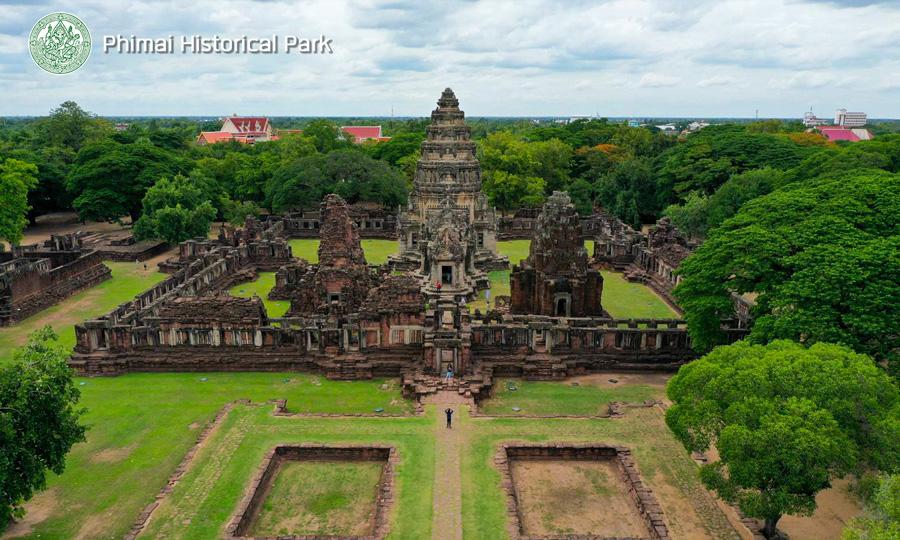
(Image source: virtualhistoricalpark.finearts.go.th)
What makes this temple complex truly unique is the fact that it was built as a Buddhist temple, even though the Khmer who built it were Hindus.
Phimai was an important outpost of the Khmer Empire for over 300 years. Today the town is popular for the Khmer ruins, and for Sai Ngam, the largest banyan tree in Thailand.
Phimai, officially called Prasat Hin Phimai, was constructed during the 11th and 12th centuries when the area was part of the Khmer Empire. It was built at the end of the old road that connected it to the temple complex of Angkor in Cambodia and on the way to temples such as Prasat Ta Muen, Prasat Muang Tam and Phanom Rung.
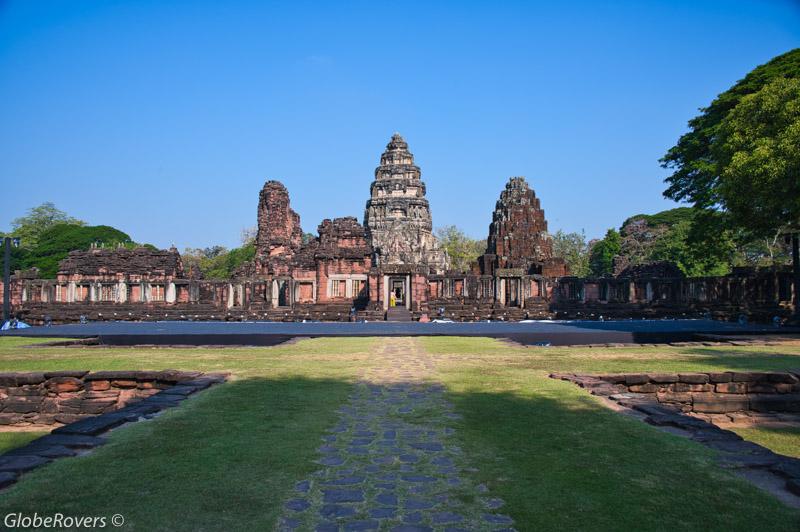
Judging by the style of the temples, which is similar to that of Angkor Wat, and the size of the complex, Phimai must have been a significant temple in its time. While Khmer temples normally face east, Phimai faces southeast, toward Angkor Wat at Siem Riep, Cambodia.
When entering the complex, you first walk across the Naga bridge which symbolizes the passing from the world of men into the world of the Gods.
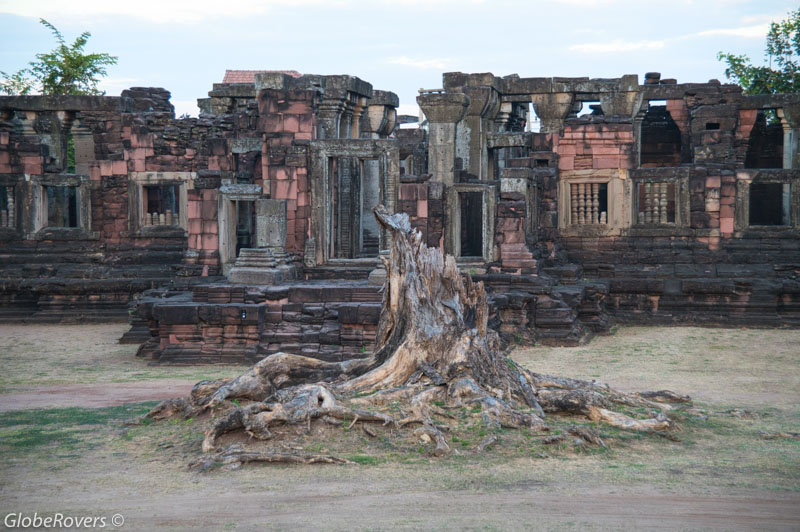
The inner sanctuary contains three prangs. The central and largest one represents Mount Meru, the sacred five-peaked mountain of Hindu, Jain, and Buddhist cosmology and is considered to be the centre of all the physical, metaphysical and spiritual universes. It enshrined the sacred linga, the symbol of the Hindu god Shiva. The central prang contains inscriptions dedicated to the Buddha, indicating that Phimai was built as a Buddhist temple. This sandstone prang was built in the 11th or 12th century.
The two other towers, the Prang Hin Daeng and the Prang Bhramadat are smaller and were built during the 13thcentury. Prang Bhramadat contained a statue of Khmer King Jayavarman VII, that is now on display in the Phimai National Museum nearby the site – however, a replica is now standing in the spot of the original.
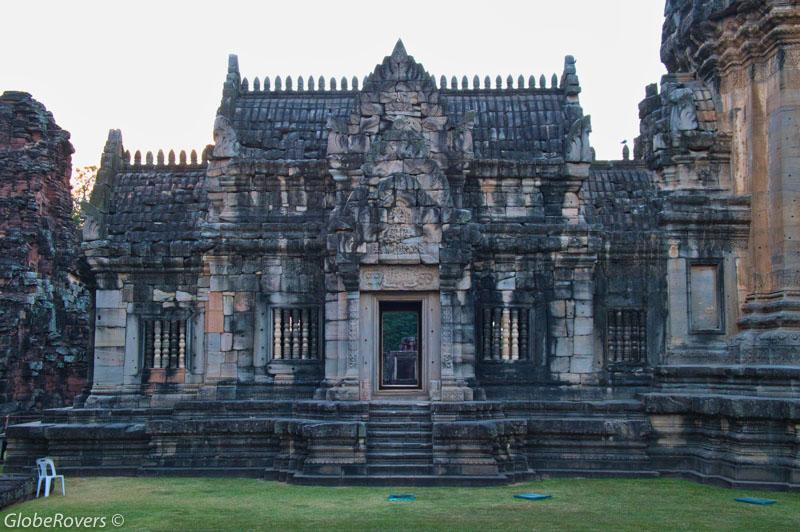
In the late 1960s, restorations were made to the site and in 1989, the site was officially opened to the public as a historical park. It has been placed on UNESCO’s tentative list for future listing as a World Heritage Site.
Inside the park, near the single entrance, is a tiny museum that has no entrance fee and is worth a quick visit.
The entrance fee to the entire complex (excluding the large Phimai National Museum to the north), is 20 baht for Thais and 100 baht for everyone else. Remember to be respectful when entering any temple in Thailand – including these ruins.
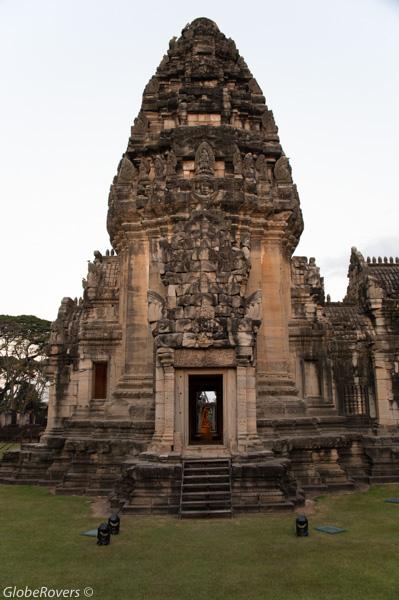
Phimai National Museum
Just 750 metres north of the temple ruins is the Phimai National Museum which is one of the largest and best museums in the Isan region. It exhibits a large number of artefacts from various sites in the lower northeast region of Thailand and is well worth a visit.
Located on the banks of Sa Kwan, a 12th-century Khmer reservoir, the museum consists of two spacious buildings displaying a fine collection of Khmer sculptures, not only from Phimai but also from many other ruins in Isan. Although the focus is on the Khmer era, there are also artefacts from Muang Sema, distinctive pottery from the nearby Ban Prasat archaeological site which was inhabited up to 3,000 years ago, and Buddha images from various periods.
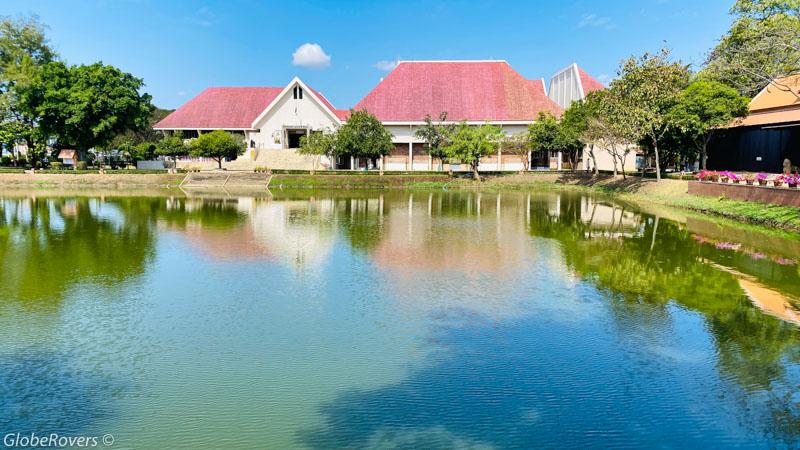
The museum exhibits many items from nearby Prasat Hin Phimai, including beautifully crafted door lintels and a statue of King Jayavarman VII, who died in the late 12th century. The statue was discovered in one of Phimai’s prangs.
A little history about the museum: in 1964, Phimai National Museum was established as an open-air museum under the supervision of the Thai Archaeology Division – Fine Arts Department, to exhibit antiquities discovered during the renovation of Prasat Phimai and other antiquities from various provinces in northeastern Thailand. Later, in 1975, supervision was transferred to the National Museums Division, and the museum was declared the regional museum of the Lower Isan Region.
The museum is open from 9am to 4pm, and costs 20 baht for Thais and 100 baht for everyone else.
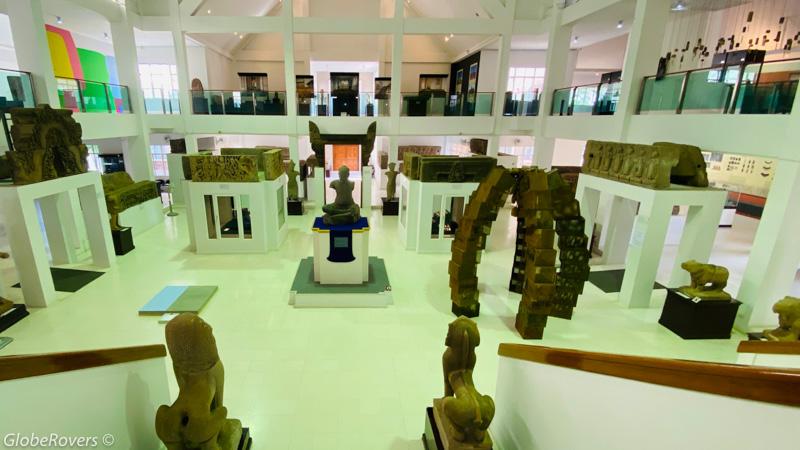
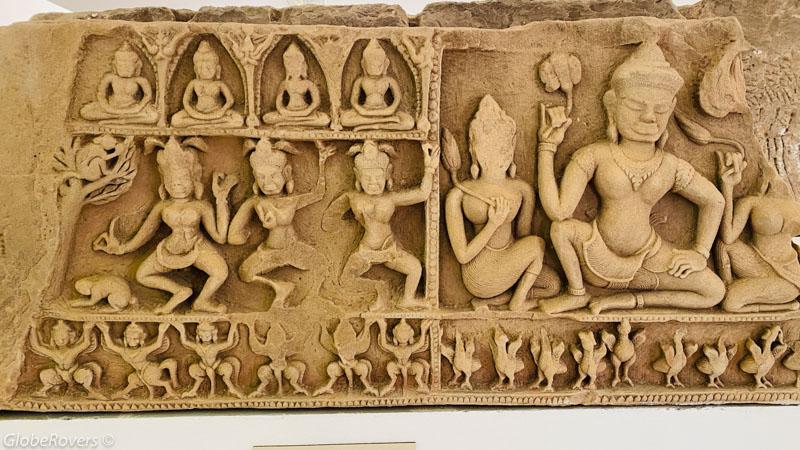
What else to see in Phimai
In addition to spending several hours, preferably over two or three days, at the temple ruins, and a one-time 2-hour long visit to the Phimai National Museum, the town of Phimai offers enough attractions to justify a two to four nights stay.
A short walk along the town’s streets in all four wind directions from the midpoint of each of the four walls of the temple ruins, you will find the ancient city gates. While the northern, western and eastern gates are about 200 metres from the centre section of the corresponding temple wall, the southern gate (Pratu Chai or Victory Gate) is about 400 metres south of the wall’s main entrance. All gates still have noticeable structures standing except for the eastern gate where not much more than a few large stones are strewn around a small area.
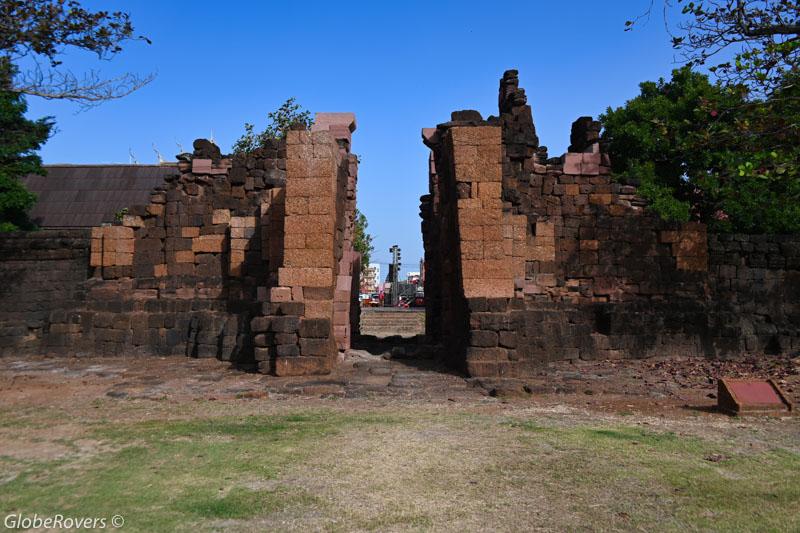
It is definitely worth visiting Sai Ngam, the largest banyan tree grove in Thailand. You can walk through a forest of mature banyan trees, their branches reaching over the path and intertwining. This is a very interesting place that gives off an eerie, haunted atmosphere. It is believed that spirits live in the trees.
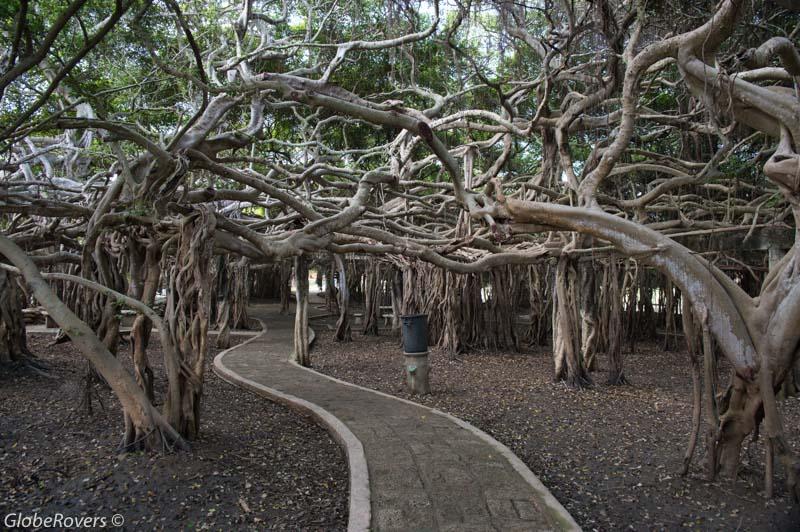
Getting here
Trains leave from Bangkok’s Hua Lamphong Station (and soon from Bang Sue Station) to the provincial capital of Nakhon Ratchasima (Khorat), a pleasant ride that takes about 4.5 hours and costs 200 baht. From the train station, it is a short 4km tuk-tuk ride (80 baht) to Khorat’s Bus Terminal 2 from where frequent buses depart for Phimai. The bus fare is 50 baht and it takes about 1 hour.
Buses ply between Bangkok’s Mo Chit Bus Terminal and Khorat’s Bus Terminal 2 which costs 200 baht and takes about 4 hours. There are no direct buses between Bangkok and Phimai as Nakhon Ratchasima is directly on the way to Phimai.
☛ Read more: Posts of Thailand

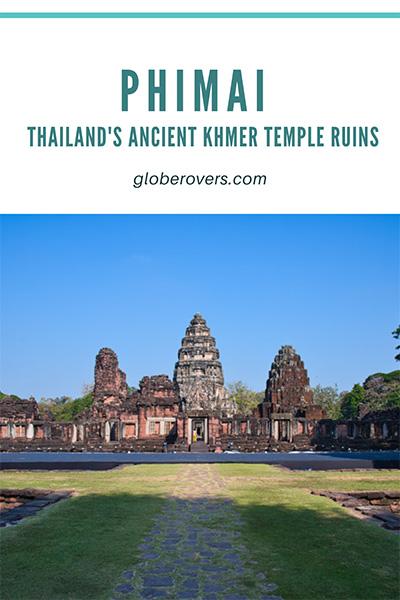

Blog post and photos by Peter who has been travelling almost full-time since 2005 and has been to over 122 countries. He visited several countries, such as Japan, more than 20 times. Peter is Editor-in-Chief and Publisher of GlobeRovers Magazine, an independent travel magazine focused on intrepid destinations.
